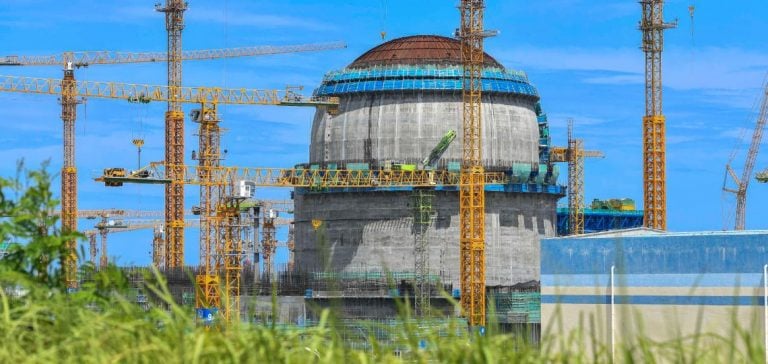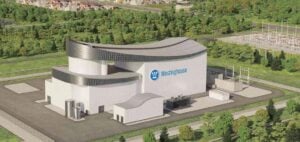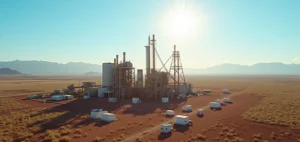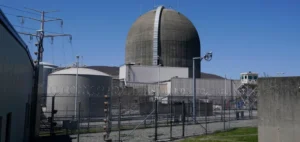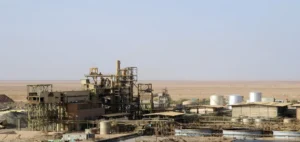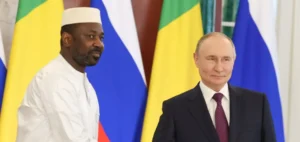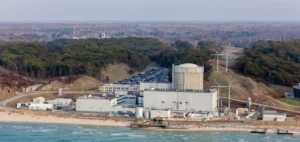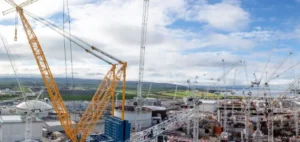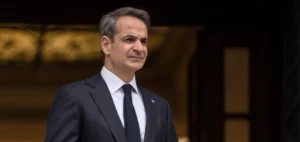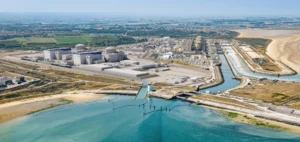The third unit of the Changjiang nuclear power plant, located in Hainan province, China, has reached a significant milestone. On October 18, 2024, the China National Nuclear Corporation (CNNC) announced the successful installation of the reactor’s outer dome. This structure, measuring 53 meters in diameter, 13 meters in height, and weighing approximately 415 tons, was lifted using a 3,200-ton crane. The installation, carried out at a height of 58.8 meters, took nearly two hours.
The Hualong One reactor design includes a double-layer containment building, designed to ensure the seal and integrity of the reactor building, playing a key role in the safety of the installation in the event of radioactive emissions. This milestone marks the end of the construction of Unit 3’s main structure, paving the way for the next steps of equipment installation, cold testing, and grid connection.
Investments and timeline
The Changjiang Phase II project includes Units 3 and 4 of the nuclear power plant, with an estimated investment of 40 billion yuan (6.4 billion USD). Construction of Unit 3 began in March 2021, followed by Unit 4 in December of the same year. Both units are expected to be operational by early 2027, with a construction period estimated at 60 months. CNNC, which holds a 51% stake in the project through its subsidiary China Huaneng, leads these developments.
Project history and perspectives
The Changjiang nuclear power plant is already home to two pressurized water reactors (PWRs) of the CNP-600 type, Units 1 and 2, which have been operational since 2015 and 2016, respectively. In addition, a demonstration modular reactor, the ACP100, also known as Linglong One, is under construction at the site. This 125 MWe multipurpose reactor will be used for various purposes such as electricity production, heating, steam production, and seawater desalination.
The province of Hainan, an island located in southern China, has adopted energy policies aimed at making nuclear energy the primary source of electricity for its nearly 10 million inhabitants. This project is part of the island’s development strategy as a free trade port and contributes to its goal of becoming a “clean energy island.”

